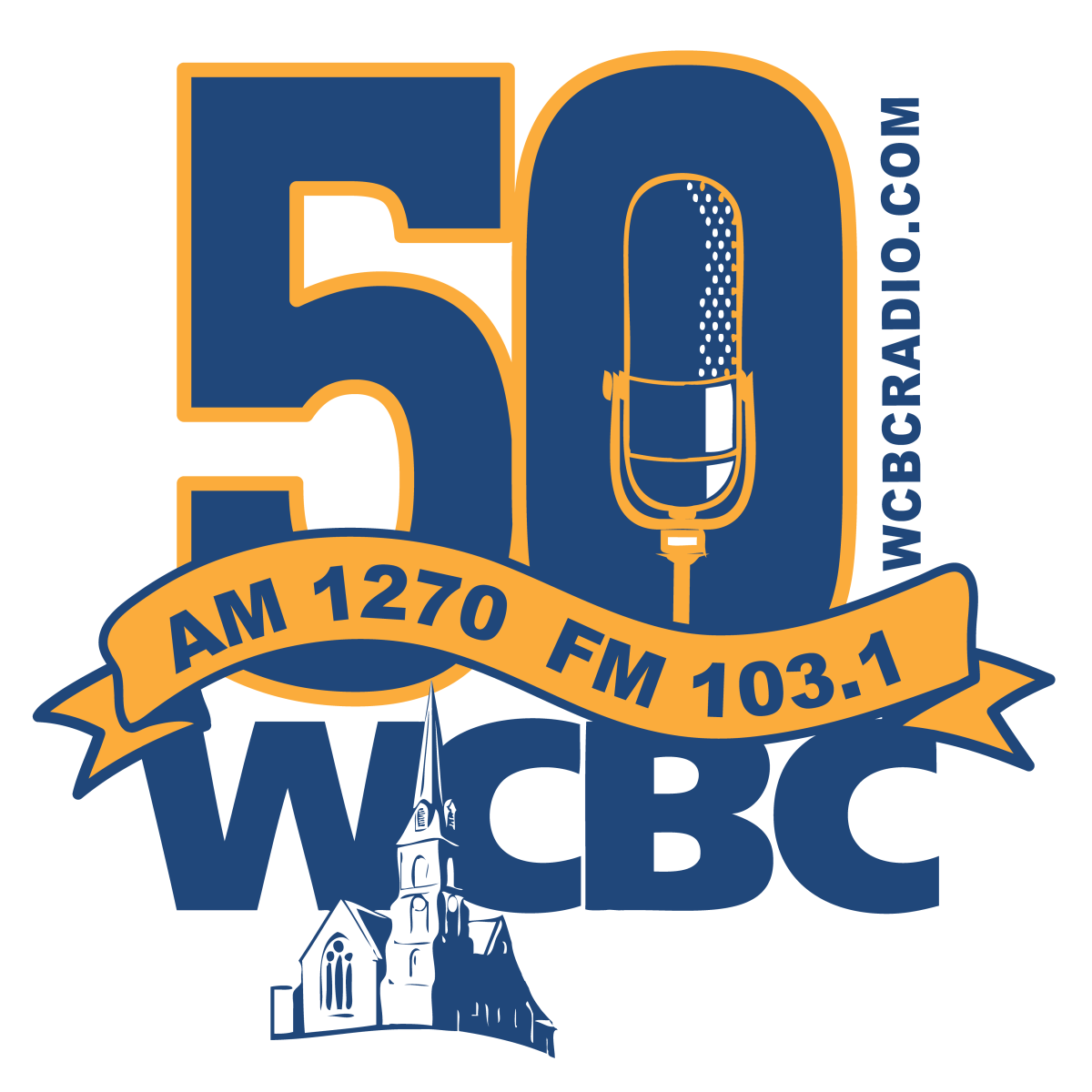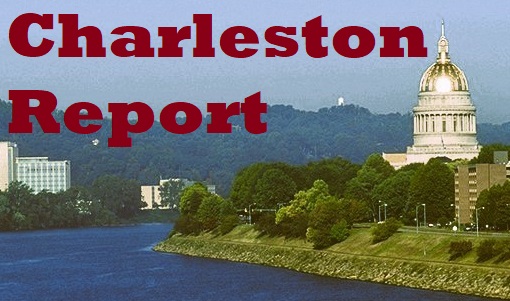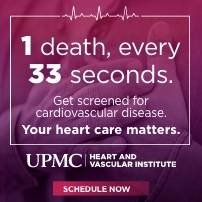October 24th, 2016 by WCBC Radio
Governor Larry Hogan and CSX Transportation Chairman & CEO Michael Ward today met onboard a CSX rail car and rode through the 121-year old Howard Street Tunnel in Baltimore. During the ride, both the governor and Chairman Ward reconfirmed their commitments to making necessary infrastructure adjustments to the tunnel to allow for double-stacked container trains to and from the Helen Delich Bentley Port of Baltimore.
At a media availability following the ride, Governor Hogan announced the state’s intention to reapply for the next round of federal FASTLANE funding to assist with the completion of this project.
“Allowing for double-stacked trains to travel through the Howard Street Tunnel won’t just transform the Port of Baltimore and dramatically increase production – it will create thousands of jobs and benefit the entire state. Our administration is committed to getting it done," said Governor Hogan. "I thank Chairman Ward and the CSX team for their partnership as we work to secure the necessary funding to accomplish this vital infrastructure project.”
Height restrictions within CSX's Howard Street Tunnel currently prevent the shipment of double-stacked intermodal containers (two shipping containers stacked on top of each other) by rail to and from the Port of Baltimore. This puts Baltimore at a competitive disadvantage as all other major East Coast ports have double-stack rail capacity.
For years, reconstruction of the Howard Street Tunnel to accommodate double-stack intermodal trains was believed to cost between $1 billion and $3 billion and be highly disruptive to the surrounding community. By utilizing recent advances in construction technology including a technique that involves lowering the floor and notching the crown of the tunnel, CSX and the Maryland Department of Transportation (MDOT) have determined it is now possible to provide double-stack clearance in the tunnel and under the nine bridges for $425 million with minimal impact to the community. CSX and the state have committed a combined minimum of $270 million towards this effort and the state is seeking federal funds for the balance of the project cost.
“This transformational critical-infrastructure project will further position the Port and existing Maryland businesses for a bright future, as well as help attract new businesses to the State. Additionally, this project will create jobs while helping to make commutes safer and quicker and improving air quality,” said CSX Chairman & CEO Michael Ward. "CSX is very appreciative of the opportunity to partner with Governor Hogan, his administration and all of this project's supporters to help accomplish this important objective."
Earlier this year, MDOT applied to a U.S. Department of Transportation (USDOT) grant program called FASTLANE for federal funding to modify the existing tunnel and associated bridge clearances. The application was denied. As Governor Hogan announced today, the state has committed to reapplying for the next round of FASTLANE funding, which is expected to be announced in the coming months.
With its supersized cranes and deep container berth, the Port of Baltimore is one of only a few East Coast ports that can accommodate the biggest ships in the world. The Port’s next goal is to allow trains carrying containers to be double stacked which would increase port business and maintain and grow jobs. It is estimated this project would create about 500 construction jobs over a five-year period. Following the project completion, it is estimated about 3,000 jobs would be created as a result of increased business through the Port because of double-stacked capabilities. The Port of Baltimore would handle approximately 80,000 additional containers annually.
Combining both the public and private marine terminals, the Port of Baltimore saw 32.4 million tons of international cargo cross its docks last year, which was valued at approximately $51.1 billion. Baltimore is ranked as the top port among all U.S. ports for handling autos and light trucks, farm and construction machinery, imported gypsum, imported sugar, and imported aluminum. Overall Baltimore is ranked ninth for the total dollar value of cargo and 13th for cargo tonnage for all U.S. ports.
Business at the Port of Baltimore generates about 13,650 direct jobs, while more than 127,000 jobs in Maryland are linked to port activities. The Port is responsible for nearly $3 billion in personal wages and salary and $310 million in state and local tax revenues.

















